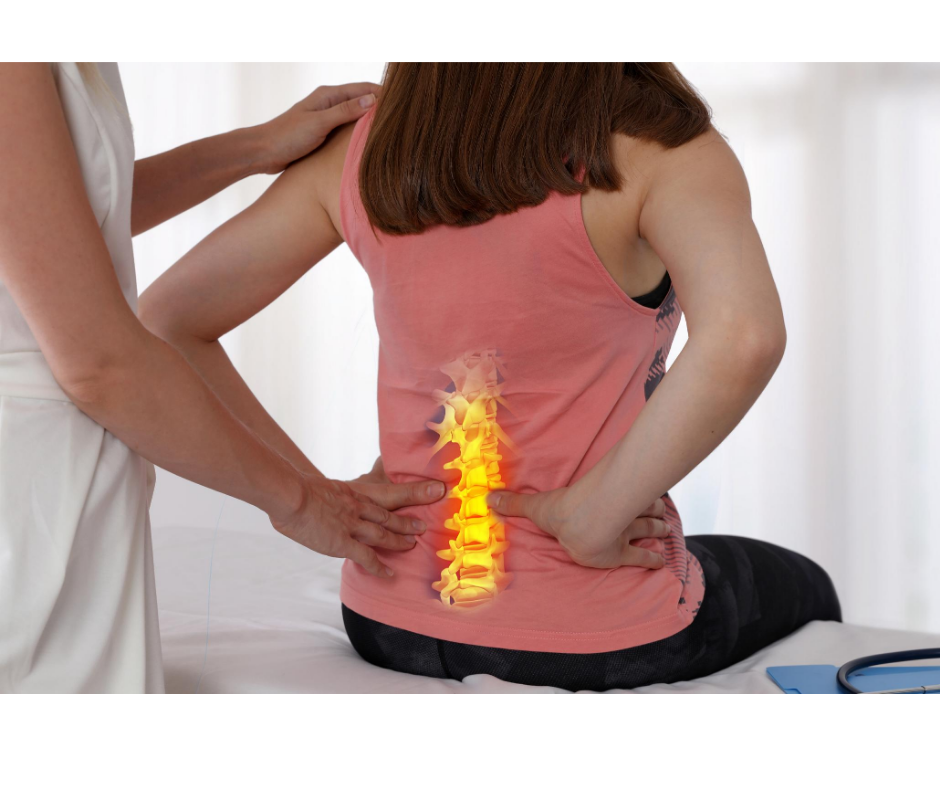
Needless to say, the body is a very complex machine with a multitude of different systems that we must consider when we talk about its overall function.
This is why medicine is truly an art based on a science. Your doctor may have sent you for physical therapy after you tell them that you have low back pain. Treatment may have then consisted of stretching and core strengthening if core weakness is present, however, often the pelvic floor is forgotten as part of the core.
Our pelvic floor muscles rest between our “sit bones” at the bottom of our pelvis. If they are weak, then our pelvis and low back are missing a vital support structure. If they are tight or painful with trigger points, we may notice low back pain, hip pain, or groin pain. The core was once described in journal article as a soda can: the top of the can being the diaphragm, the sides of the can are the abdominals, and the bottom of the can is the pelvic floor muscles. If you poked a whole in any of the parts of the can, the soda will leak out! So we must not forget our pelvic floor muscles as a vital part of our “core”. Trigger points (painful muscles) in the pelvic floor may also refer pain to the low back or hips.
Moral of the story: If you have chronic LBP which has improved minimally with treatment and you suspect you may also have pelvic floor weakness or dysfunction (pelvic pain, incontinence symptoms), then discuss with your doctor if a referral to a pelvic floor specialist physical therapist may benefit you!
-Kate Roby PT, DPT. Pelvic Floor Specialist.
kate.roby@fyzical.com
